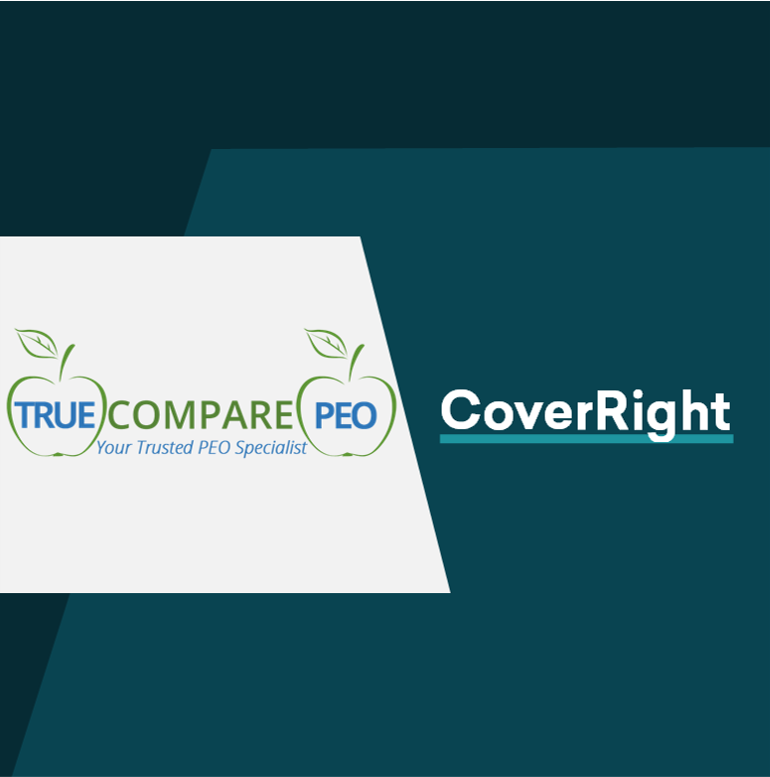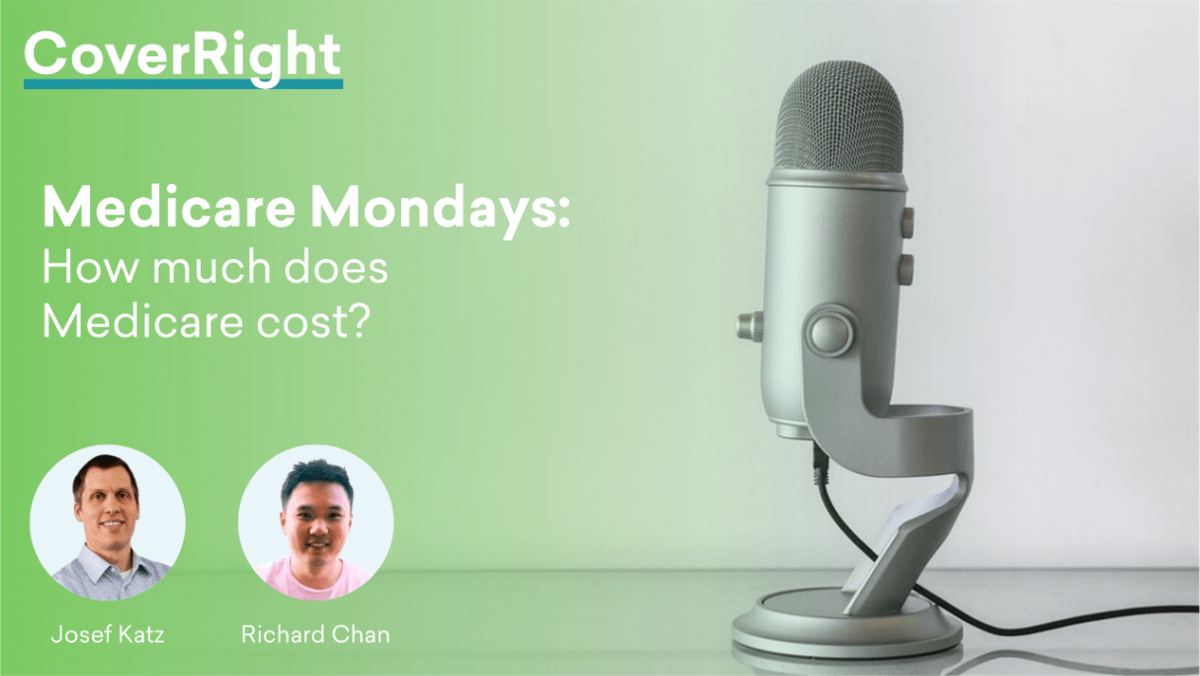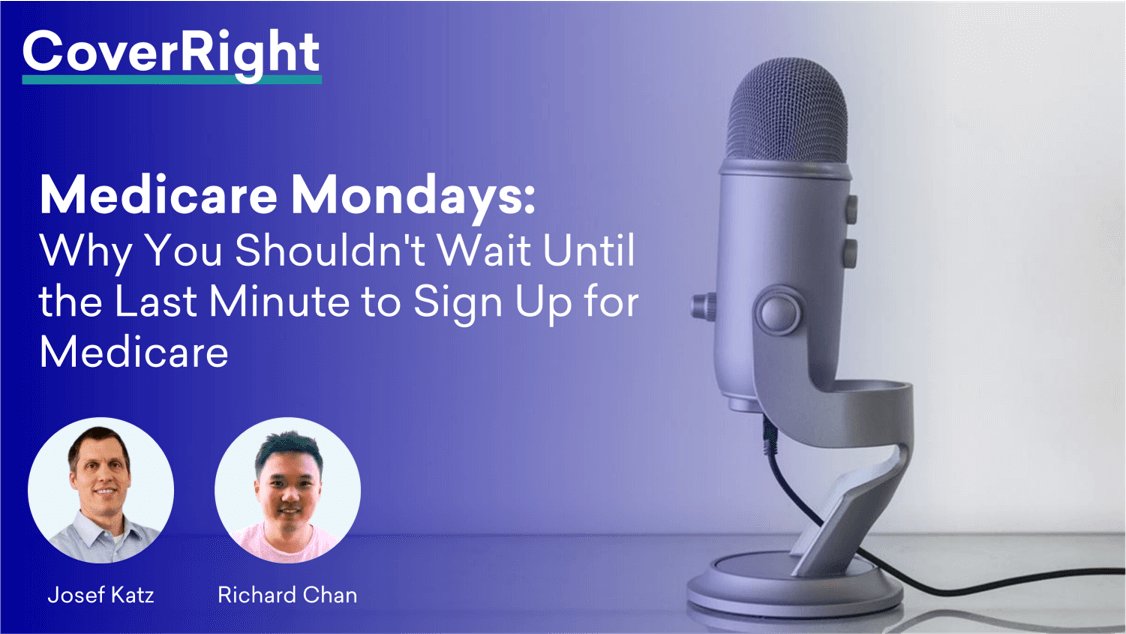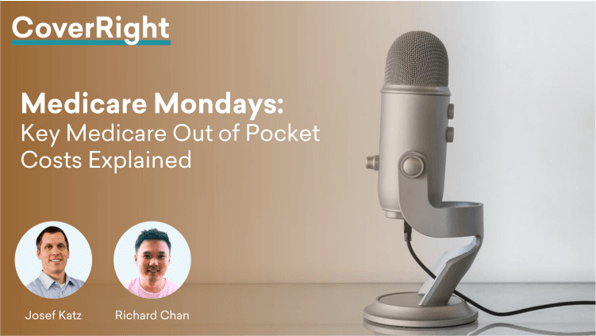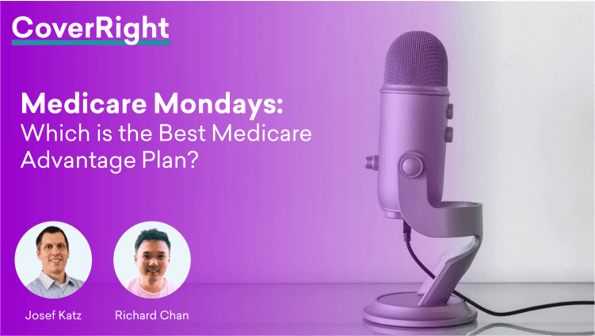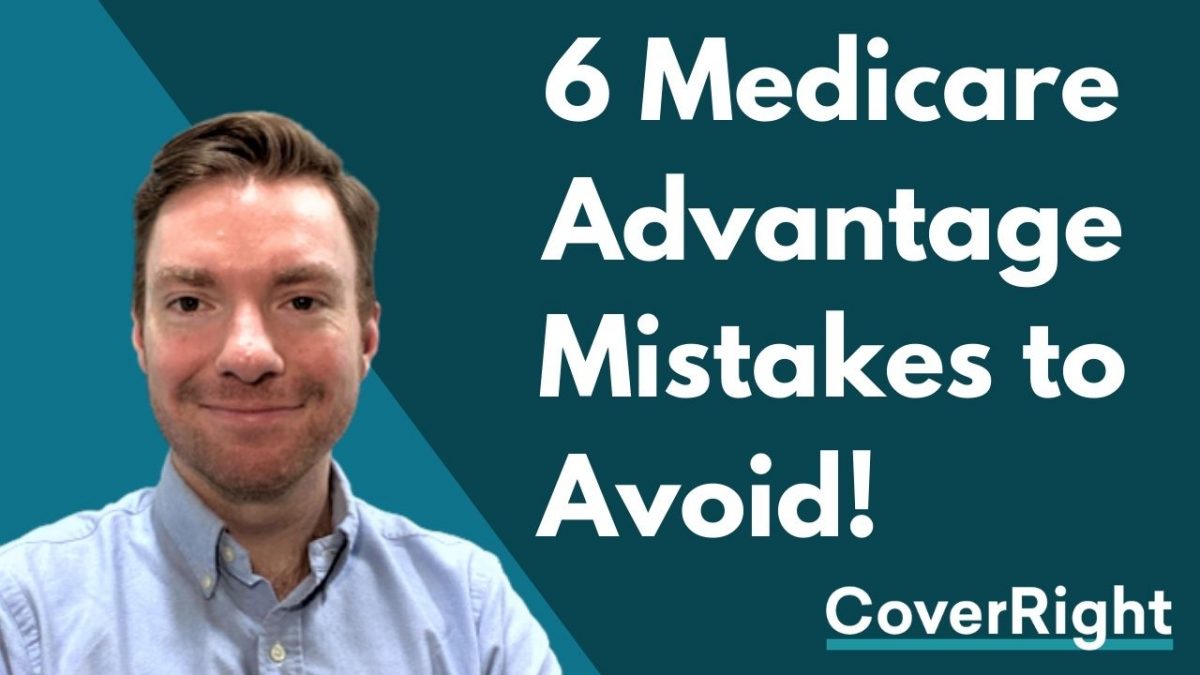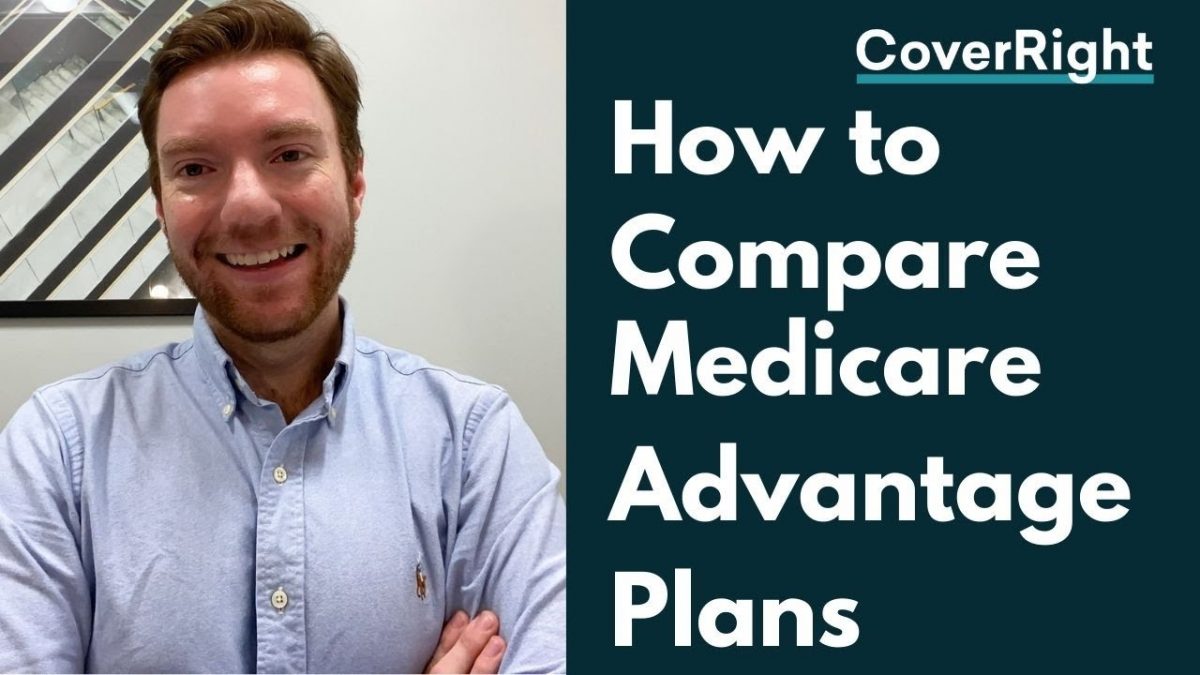Selecting a Medicare Plan Doesn’t Have to Be Overwhelming
Some decisions are easy to make. Which pair of shoes should you wear today? What would you like to eat for breakfast – a bagel or a muffin maybe? Should you go to the gym first thing in the morning, or at the end of your workday?
Life is full of simple decisions like those. We make them in a second and then move on to the next thing. But there are also those decisions that confuse us and make us incapable of acting, “Like a deer frozen in the headlights,” as the expression goes.
Picking a Medicare plan often falls into that “headlights” category. We’re afraid to move to the left or the right, or forward or back. We feel like we need to wait and gather information until we can make the right decision. The problem, when it comes to enrolling in Medicare, is that there can be penalties if we wait too long. Even worse, we could end up enrolling in a plan that doesn’t provide the coverage we really need – and then we are stuck paying high deductibles or not having our preferred medications covered for a year.
You see, the fastest decision might not be the best. But let’s face the fact that being confused and waiting too long to select a Medicare plan will not do you any good in the long run.
Let’s review some of what you need to know to end the confusion and break your mental “logjam’” now so you can make that decision and get the right coverage working for you.
What Is Medicare? Let’s Review the Basics
Medicare is a federal health insurance program in the United States that primarily provides coverage to people who are 65 years of age or older, as well as those with certain disabilities and people with end-stage renal disease. There are four parts to Medicare:
- Part A: Hospital Insurance – Part A provides coverage for inpatient hospital care, skilled nursing facility care, hospice care, and some home health care. While there is typically no premium for Part A there are deductibles when using services.
- Part B: Medical Insurance – Part B provides coverage for medically necessary services such as doctor visits, outpatient care, preventive services, and durable medical equipment. Everyone pays a Part B premium. Then depending on the services used deductibles and co-insurance payments to the doctors apply.
- Part C: Medicare Advantage – Part C is an alternative to Original Medicare and allows beneficiaries to receive their Medicare benefits through private insurance plans, which may offer additional benefits and services beyond what is covered by Original Medicare. These plans also cover the deductibles, and co-insurances through their plan structures (HMOs, PPOs). Typically you will pay a copay for seeing a medical professional and will be required to use a network of providers.
- Part D: Prescription Drug Coverage – Part D provides coverage for prescription drugs and is available to everyone with Medicare, regardless of income or health status. In many cases, Part D is included in Medicare Advantage plans. If you don’t choose a Medicare Advantage plan you will need a stand along Part D plan.
- Medigap plans – Sometimes referred to as Medicare Supplement plans are designed to cover the gaps in original Medicare coverage (ie: deductibles, co-insurance). These plans have upfront monthly premium costs and then cover most of your medical expenses. Read this for more information on these plans.
It’s important to note that while Part A and Part B are often referred to as Original Medicare, beneficiaries can choose to enroll in Part C instead of Original Medicare.
Next, Let’s Understand the Differences Between Original Medicare and Medicare Advantage Plans
Original Medicare and Medicare Advantage plans are two different options for individuals who are eligible for Medicare. Here are some key differences:
Original Medicare is the traditional fee-for-service program offered by the Federal government. It is made up of two parts:
- Part A (Hospital Insurance) – This covers inpatient hospital stays, skilled nursing facility stays, hospice care, and some home health care.
- Part B (Medical Insurance) – This covers doctor services, outpatient care, medical supplies, and some preventive services.
Medicare Advantage plans, also known as Medicare Part C, are offered by private insurance companies that contract with Medicare. These plans must provide the same coverage as Original Medicare (Parts A and B), but may also offer additional benefits, such as prescription drug coverage, vision, dental, and hearing care. Medicare Advantage plans also have a network of providers that members must use to receive care and may require prior authorization for certain services.
Medicare Advantage plans may offer additional benefits beyond Original Medicare, such as prescription drug coverage (also called Part D), and vision, dental, and hearing care. Remember that original Medicare does not offer these additional benefits.
Why It Is Important to Select the Right Medicare Advantage Plan
Let’s do a quick benefit analysis of some of the reasons why you will be happier – and possibly healthier and wealthier too – if you enroll in the right plan!
- You can continue to receive care from the doctor(s) you trust and like the most if you first verify they are in the plan’s network.
- Check the cost of any prescriptions you need. Make sure there will be no surprises when you pick up your prescription. Note: Drug prices can vary by zip code, formulary, and plan. Double-check all your prescriptions to see how each plan will cover them and what they will cost.
- You will pay lower copays and deductibles – or none at all – when you visit care providers who are in your plan’s network.
- You can get care for some of the “extras” you like, such as chiropractic care, counseling, dental care, and more.
- You can get ahead of certain conditions, like pre-diabetes, and keep them from worsening because you are getting the care you need now.
How to Compare Different Medicare Plans Without Stress . . . and Pick the One That’s Right for You
First, list what you need, including your personal health needs and conditions, preferred doctors and hospitals . . . and the medications you need.
Second, research and compare different Medicare plans and decide which of them addresses those needs. There are several ways you can do this . . .
- You could invest a lot of time doing your own research. You can do it online or on the phone – just be prepared to spend some time.
- You can go online and use the government’s Medicare Plan Finder tool. You might like it, even though according to some studies as many as 73% of the people who try it decide that it is “confusing.”*
- You can get assistance from CoverRight. Our licensed insurance agents, in just one 30-minute call, can help you identify and enroll in the plan that meets your needs – and there is never a fee.
In Conclusion . . .
You will feel much better after you take the steps we recommend in today’s article. Making a decision always feels good, and once you take just a few steps toward deciding, you will feel your indecisiveness melt away.
Plus – and this is more important – you will be covered by a plan that protects you and meets your needs. Why not get started making this important decision now?
———————————–
CoverRight is on a mission to make the Medicare plan selection process easy to understand. We are here to help you compare Medicare plans and find the one best suited to your specific situation. Try the platform for yourself.
Free Medicare Resources
Cost Plus Drugs and Medicare FAQs
Related Posts
What You Need to Know About Medicare Flex Cards
What Type of Medicare Plan Is Best for You?
How to Simplify Your Medicare Decision
*https://www.gao.gov/products/gao-19-627







